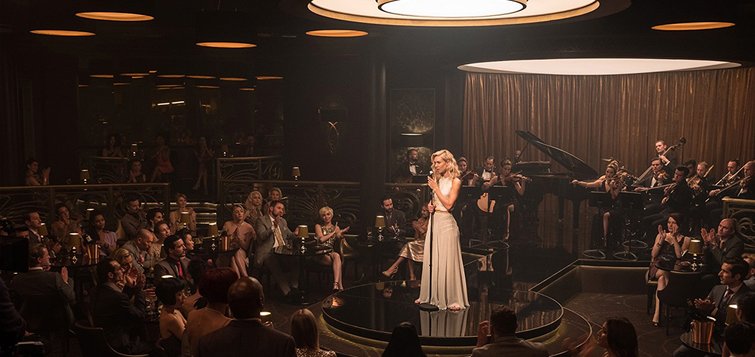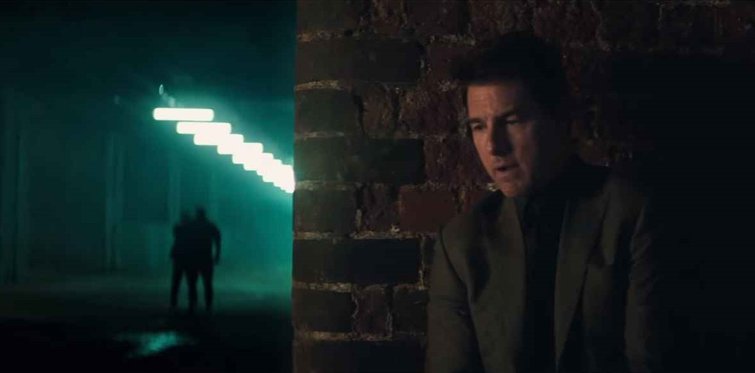
Why Tungsten Lighting in Filmmaking Is Still Alive and Thriving
Some of the most successful DPs are using tungsten on some of the biggest productions, and for reasons that might surprise you.
Almost every day, we see announcements for new lighting technologies. Multicolor LEDs that are light, cool, battery-powered, and remotely programmable are the lead story of every trade show. HMIs still turn night into day (being daylight balanced), and newer technologies are still making their way onto the market.
So why, in this high-tech landscape, is tungsten still alive and well? And who’s using it?
Cinematographer Rob Hardy, BSC, used tungsten on Mission: Impossible — Fallout, one of the biggest, highest-grossing action films of last year. He almost exclusively used tungsten lights on the breakout hit Ex Machina.

Notice the wonderful tungsten lighting in this scene from Mission: Impossible – Fallout. (Image via Paramount Pictures.)
Everyone knows that tungsten light can make beautiful images. For the first eighty years of filmmaking, it was the only game in town (along with natural daylight), and some of the greatest films ever made used it. It has 100 CRI without any green spikes and creates beautiful skin tones.
Given all the obvious downsides of tungsten — the heat, the bulb life, the color temperature, and fragility — why did the filmmakers choose to light with it?

Note the nostalgic look in this scene from Mission: Impossible — Fallout shot on celluloid. (Image via Paramount Pictures.)
One reason may be that Mission Impossible — Fall Out was shot on celluloid. Despite the majority of films now being shot digitally, there’s been a gradual move back to celluloid because it creates an aesthetic that separates a film from the flock. The Mission Impossible franchise has always had a classic, “golden age of action” feel to it, which may have influenced the decision as well.
Because of the decision to shoot film, the camera crew worked with a T500 stock that needed a lot of light. Even with CTB gel, some tungsten fixtures are still much brighter than daylight-balanced LEDs.

Note the natural tone of the tungsten light in this shot from Mission: Impossible — Fallout. (Image via Paramount Pictures.)
They were also working with some huge sets that were going to need thousands of fixtures to illuminate. The Palais Royal!, with its hundreds of extras, was massive. Even with their huge budget, the fact that tungsten is so much cheaper per watt than LED or HMI would have made a huge difference. Another factor is availability. There are hundreds of thousands of 2K par and open-face tungsten fixtures available around the world, some of them from the “Golden Age” of Hollywood. There are some LEDS that are brighter, but how many of them can are really available for rent, at short notice, in locations like Paris and New Zealand?
Because the Mission Impossible team was also going to be working in different countries and on different continents, using tungsten meant that not only were there always fixtures available but also that local crews would be more familiar with them than newer lighting technologies.
Tungsten will be with us for decades to come because, despite its drawbacks, it still works, still makes beautiful images, and is only going to get cheaper as more advanced options come to market.
Looking for more on tungsten lighting? Check out this video.





